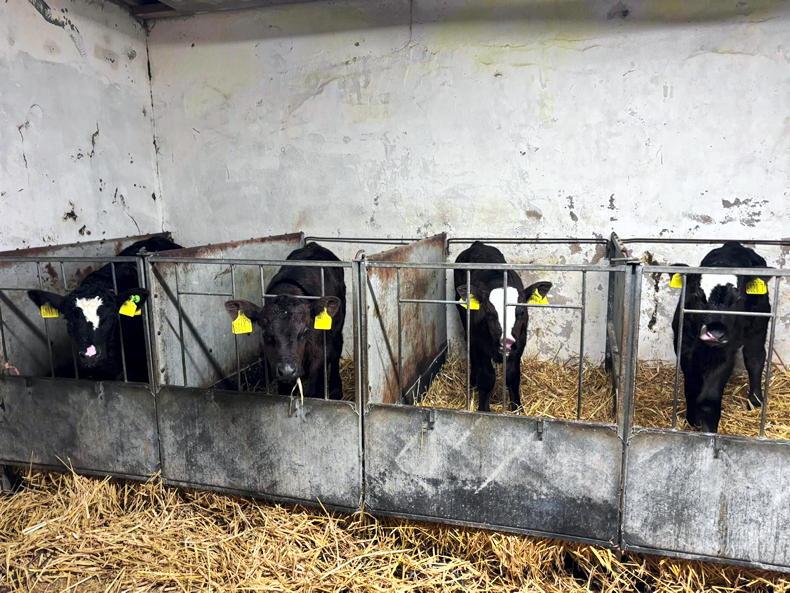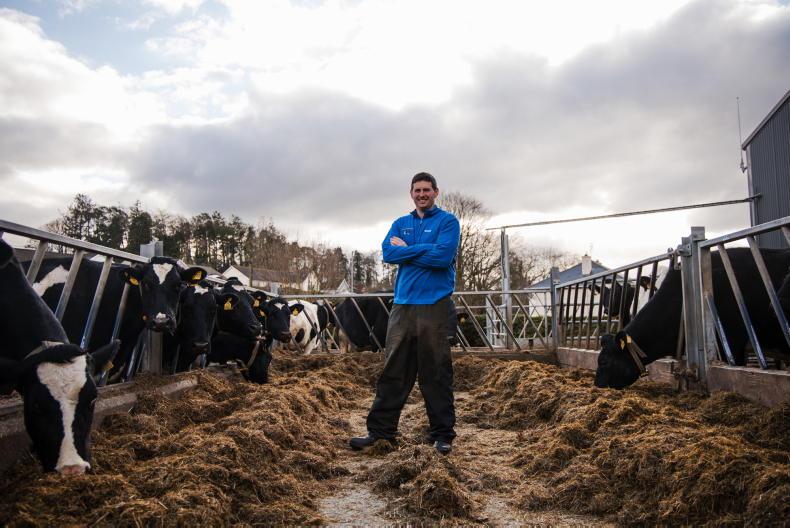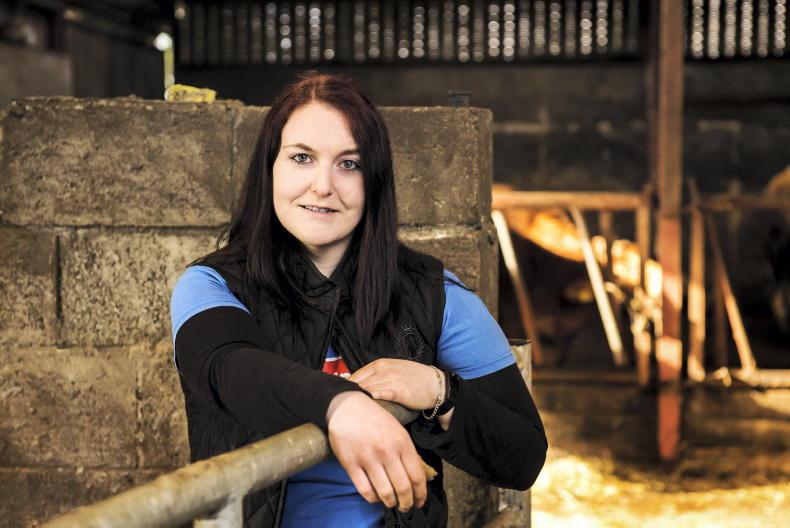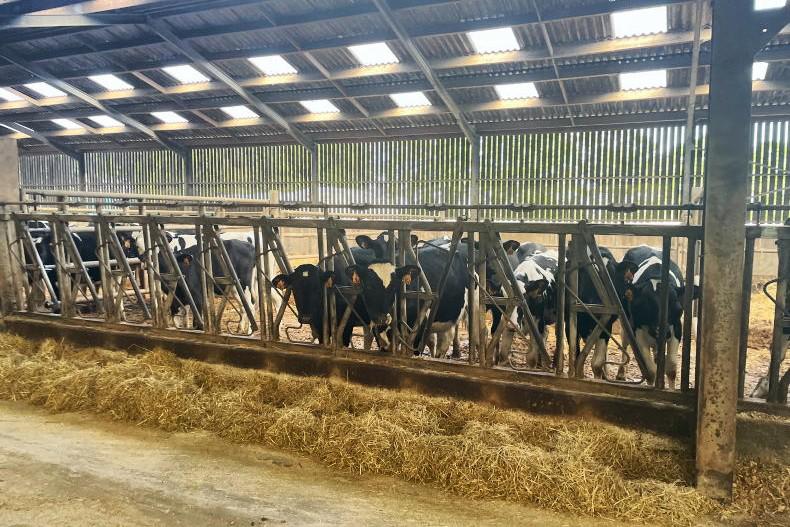The summer sun is shining bright this week, with glorious conditions and heat to match being experienced right across the country.
Ground and growth conditions in the north west are excellent, the best they have been all year in many parts, and stock are enjoying the warm weather.
Try to have sheltered paddocks over the next few days to allow cattle and sheep somewhere to get out of the sun during the hottest hours of the day.
While those further south may be getting nervous around grass growth once again, the good news is that on most farms second cut silage is made and the whole farm is now, or shortly will be back available for grazing.
This will reduce the demand per hectare for grass on farm.
Also, the good weather looks set to come to an end early next week with some quite heavy rain forecast for Monday and Tuesday. This will ease any heat stress in grass in the south.
Where there is fertiliser to be spread, keep an eye on the forecast and only spread when there is rainfall promised in your area. With a month left for spreading chemical fertiliser you need to plan carefully.
Will ground spread early next week get another application? If so, reduce this application to around 15 units or a third of a bag of protected urea per acre and go again in three weeks’ time.
Diarmuid Murray – Knockcroghery, Co Roscommon
Growth has slowed but we are still ok for grass and it looks as if we will get rain next week. Calves are entering second cut aftergrass so quality is excellent.
The year-and-a-half old cattle were weighed last week. The Angus bullocks averaged 542kg, while the heifers were 482kg which I am happy with.
They are being fed 2.5kg/day concentrate at grass and grazing quality is also decent. We will start to draft stock for slaughter in the next three weeks.
I spread fertiliser on grazing ground 10 days ago at a rate of half a bag of urea/ac. This year you have had to be ready to spread when the rain comes, and I plan to give most of the ground another 20-30 units of N/ac before the spreading ban.
System Dairy calf to beef
Soil type Mostly dry
Farm cover (kg DM/ha) 604
Growth (kg DM/ha/day) 32
Demand (kg DM/ha/day) 35
Sean Hayes – Tulla, Co Clare
Growth is slow, especially on the hillier ground. I didn’t spread fertiliser during the last wet period and am paying for it now. Things have slowed in the last 10 days.
Autumn calving is going well. We had a two week period where there were cows calving every day which is great to keep them in a tight batch. I usually house last year’s bull weanlings on 1 September but I think I will house them next week to reduce demand for grass.
I will spread a half bag of protected urea across most of the farm before next week’s rain. I also have some 18-6-10+S that I will target to fields that need P and K.
Whether or not I go again with fertiliser before the closing date will all depend on growth over the next fortnight.
System Suckler to beef
Soil type Variable
Farm cover (kg DM/ha) 807
Growth (kg DM/ha/day) 62
Demand (kg DM/ha/day) 34
Trevor Boland – Dromard, Co Sligo
Calving is well underway here, with all the heifers calved and cows progressing nicely. The heifers are housed for calving so they are under the camera, while the cows calve outside in a paddock by the yard.
I had the vet out to calve a cow this week where the calf was coming upside down. After a bit of work the calf was turned and delivered successfully and is up and suckling.
Grass growth is ahead of demand, and now that all silage is made it should be easier to build grass covers for autumn. We had a lot of rain 10 days ago which helped boost grass growth.
I recently sold the majority of the bull weanlings, which averaged just over 450kg. The heifers are retained either for breeding or for finishing off grass next year.
System Suckler and beef farm
Soil type Mostly dry
Farm cover (kg DM/ha) 688
Growth (kg DM/ha/day) 48
Demand (kg DM/ha/day) 39










SHARING OPTIONS